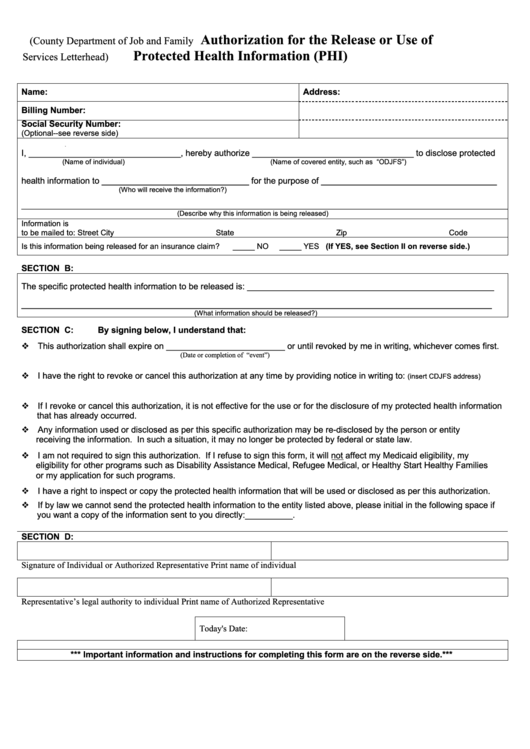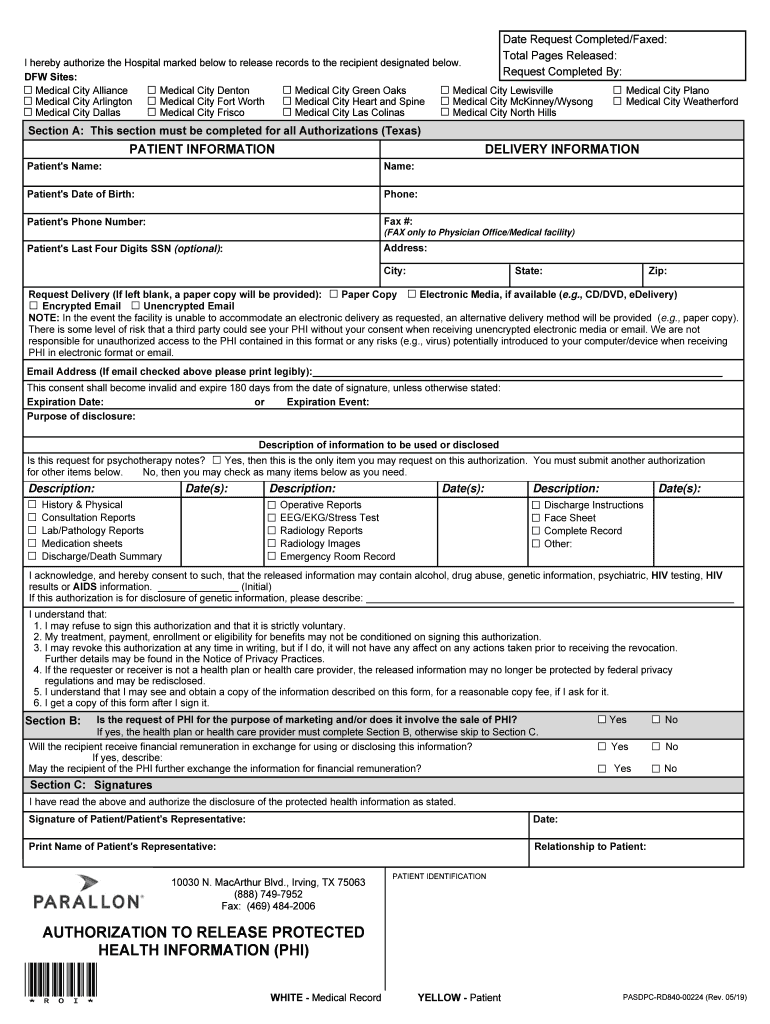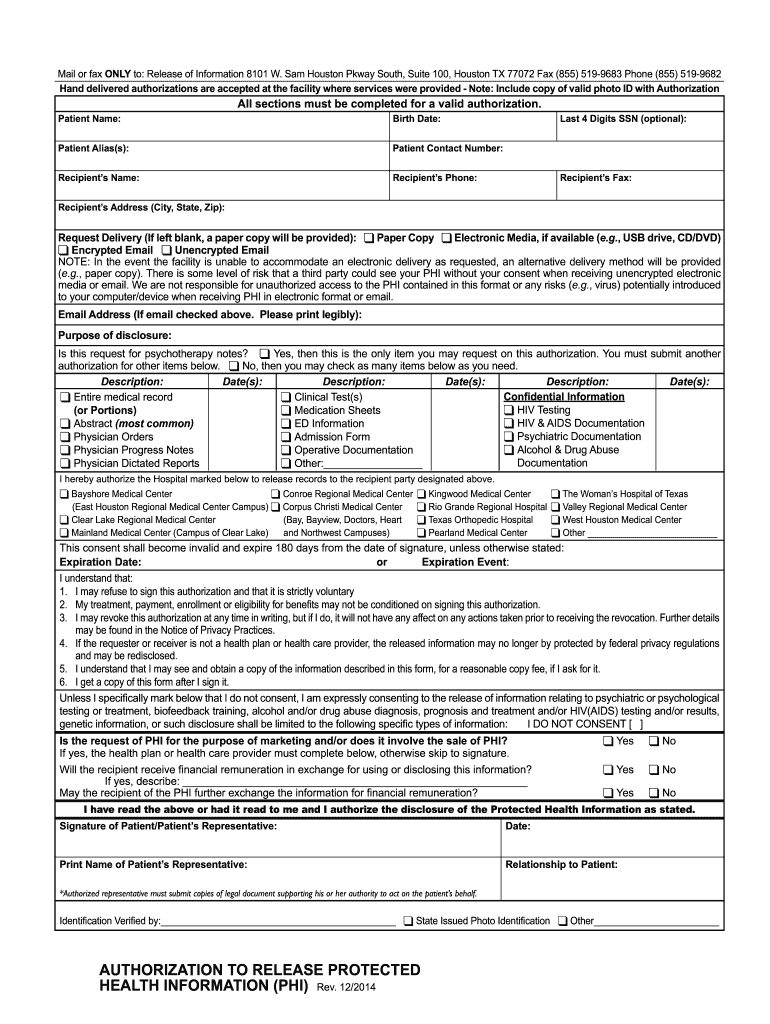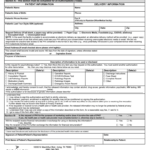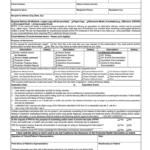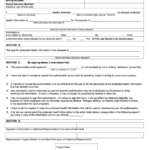Phi Authorization Form – A authorization form is a legally binding document that grants permission for a specific procedure, like accessing personal information, medical treatment or financial transactions. Create a concise and easy authorization form to ensure that everyone affected knows their rights and obligations.
Why Authorization Forms are important
These forms are crucial in protecting personal privacy and rights. They are designed to make sure that all parties have agreed upon a common understanding, and also get the permission of those who authorize. With a properly-crafted authorization form, you can prevent legal disputes and ensure a seamless process.
Legal Requirements and Data Protection
When drafting a form of authorization you must follow the relevant laws, especially those relating to data protection. It’s essential to consult legal counsel in order to ensure that your form is compliant with all applicable standards. A data protection plan will ensure the privacy of everyone that are involved.
Best techniques for creating an Authorization Form
- Make sure you use a clear and concise language: Make your authorization form easy to understand by using simple and simple language.
- Indicate the reason for authorization clearly define the reason of the authorization granted, and avoid using overly broad words.
- Limit the area. It is important to clearly state the extent of your authority, and any limitations.
- Add a clause of revocation: Give the grantor the power to withdraw authorization at any point.
- Complete the form: Make sure there is area on the form for the grantor’s name in order to confirm the consent.
Guide to Designing Authorization Formulas
- Begin with the Template
Using a template can make it easier to save time and ensure that the form has all the necessary components. Look for a reliable source of authorization form templates. Select a template which is suited to the kind of authorization you require, and alter it to fit your needs.
- Include the details of your company or organisation
At the top, include the name, address, and contact details of your company. This makes it easier to identify all parties who are involved. The form is now an official document.
- Set out a clear and specific purpose for the authorization
The purpose of the authorization. Define any specific actions that were taken or responsibilities assumed. If it is a medical treatment authorization, for example, you should specify the procedure and treatment that is to be legally authorized.
- Set a date and time for the authorization
Create a date for expiration or define an event. A clear timeline protects the grantor’s right and prevents the granting of an authorization that is not definite.
- The nature of authorization
The scope of authorization as well as any restrictions or limitations on the authorization’s actions. If it is an authorization for financial transactions, for example, specify the maximum amount of money that can be transferred or the kinds of transactions allowed.
- Include a revocation clause
The grantee has the possibility of revocation of their authorization at any time by giving them instructions regarding how to do it. This is done by sending the request in writing, or filling out an additional form.
- Collect personal information regarding the grantor
You should request the complete name, address, and contact details of the person who has granted the authorization. These details help confirm the identity of the person who grants the authorization, and give a means to reach them should there be any concerns.
- Provide a space in which the grantor can write their name in the space and also add the date
Include an area for the grantor, where they can sign the form to confirm their consent. The signature area must be clearly visible, and should include a declaration that confirms that the grantor has read and comprehended the form content, and acknowledged that they have read and understood it.
- Insert any necessary witness or Notary Sections
Include the sections that need signatures of the person signing or providing information if your jurisdiction requires it. Talk to your legal professional about whether or not this step is necessary in the authorization form you’ve got.
Conclusion
To ensure the rights and privacy for everyone involved, it’s vital to craft a well-structured legal-compliant authorization form in English. By following the guidelines and best practice set out in this document you can draft a robust authorization form. It will fulfill its function and stand up to legal scrutiny. Get advice from your legal professional so that you can ensure your form meets any legal specifications.
